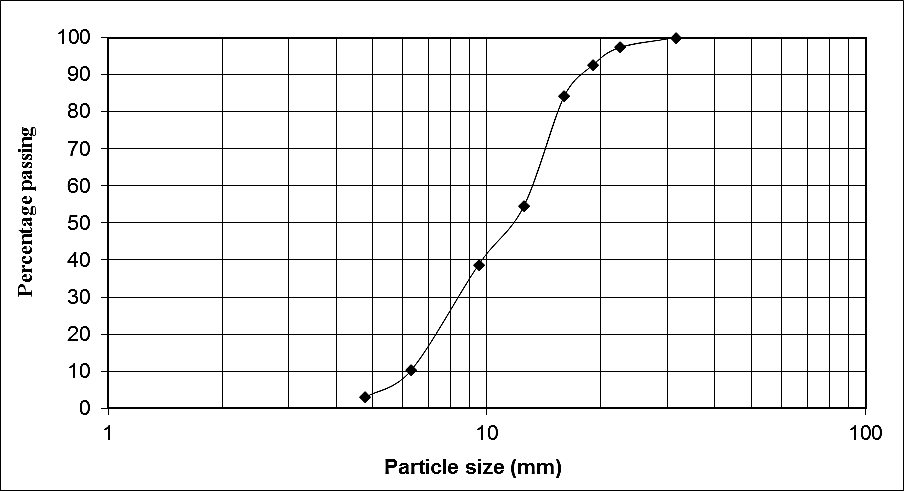Prediction of flexural Strength of Concrete Containing Aloe Vera Gel as Admixture using Ibearugbulem’s Regression Method
Keywords:
Concrete, Aloe Vera Gel (AVG), Flexural Strength, Ibearugbulem’s Model, OptimizationAbstract
This study examines how aloe vera gel (AVG) affects the flexural strength of concrete when used as an admixture. A mathematical model using the Ibearugbulem's Approach was developed to predict and optimize the flexural strength of AVG-cement concrete. The experimental study assessed both the fresh and hardened properties of AVG-cement concrete at curing intervals of 7, 21, and 28 days. Two concrete mix ratios, 1:1.5:3 and 1:3:5 were employed, each with a water-cement ratio of 0.6. The AVG content varied from 0.5% to 5% by weight of cement. Tests conducted included grain size analysis, specific gravity, workability, setting time, and flexural strength. The results indicate that the 1:1.5:3 mix ratio exhibited better workability than the 1:3:5 ratio. The addition of AVG improved workability and flexural strength. Optimal flexural strength was achieved with 2.0% AVG inclusion at 28 curing days. This study recommends using up to 2.0% AVG by weight of cement at a water-cement ratio of 0.6 for determination of flexural strength of Aloe vera gel-cement concrete. The mathematical model was validated with the Student's T-test, confirming its reliability.


